Liposuction Surgery in Iran: The Most Affordable Cost and High-Quality Hospitals
Many people surely have gone through struggles of losing weight by going on different sorts of diets and a majority have not been successful to achieve their ideal body shape. Also, some unwanted pockets of fat can not go away through exercise or diet due to diseases such as lipoedema and lymphoedma.
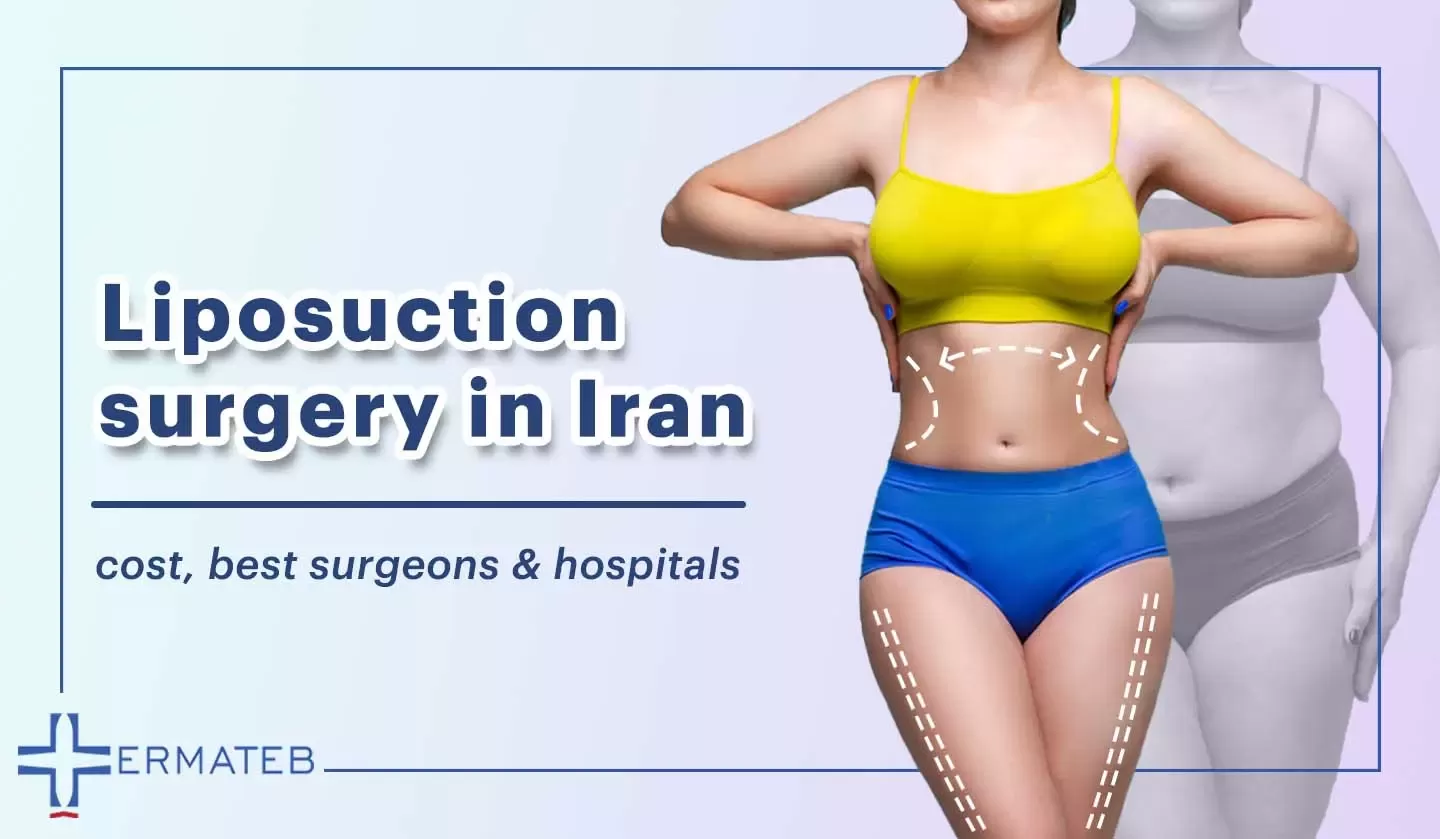
Therefore, liposuction is commonly suggested for those who cannot get rid of excessive fat in different parts of their body. To do so, might cost you an arm and leg, instead, liposuction in Iran could certainly be the optimal option because of its reasonable price and experienced doctors, staff, clinics, and hospitals.
What Is Liposuction?
Liposuction or lipoplasty and also body contouring is a cosmetic surgery to remove unwanted body fat. This surgery involves sucking out deposits of fat that are hard to lose through exercise and diet. So, the procedure is carried out on areas where the body tends to collect fat, such as the tummy, hips, buttocks, and thighs, or the other areas like arms, chin, neck, abdomen, flanks, and calves. Liposuctions also aim at shaping (contouring) these aforementioned areas leading to maintaining a healthy life.
Why is Iran a Good Destination for Liposuction Surgery?
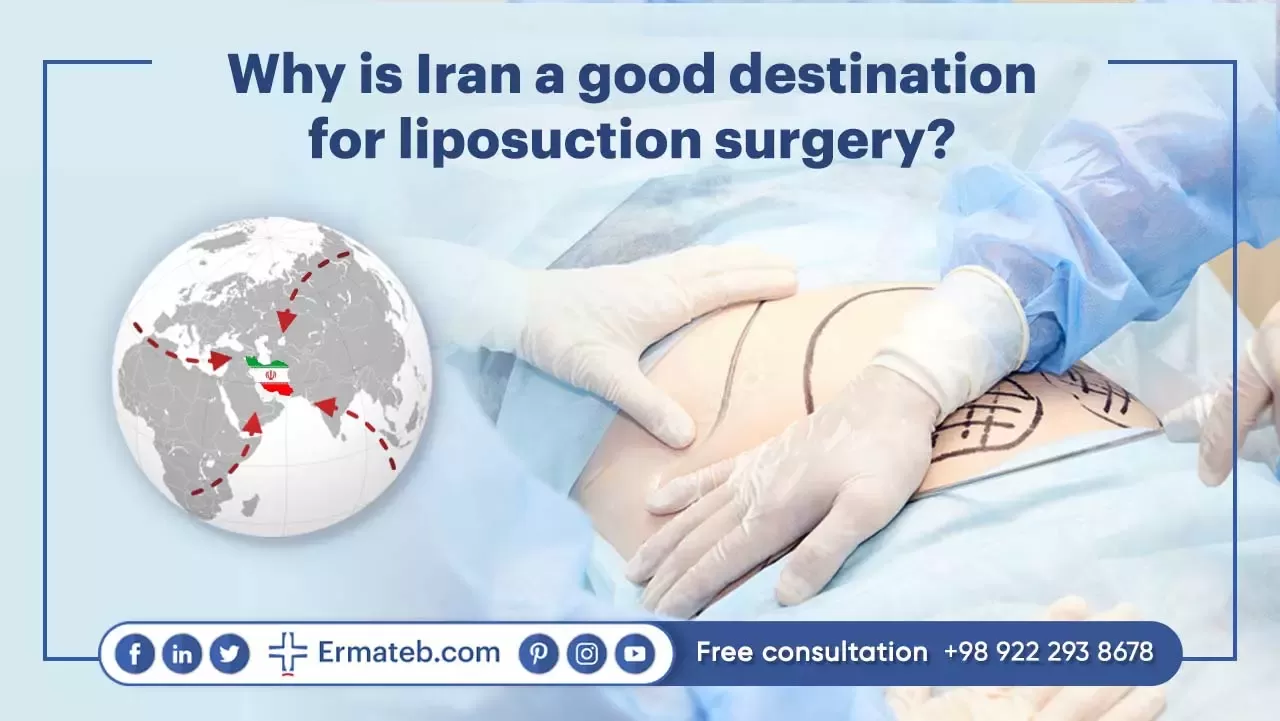
Liposuction in Iran can be considered one of your top destinations due to certain reasons.
Firstly, Iran has been known as an appropriate destination for aesthetic surgeries not only in the Middle East but across the globe. The reasons that can attract everyone's attention are absolutely the unrivaled cost of liposuction in Iran plus the offering of proficient doctors with the most successful surgery records and modern facilities.
Secondly, Iran can be your top priority because of its proximity and easy access from all around the world including residents of the Middle East, Europe, Asia (East and West), North and South America, Africa, and even Oceania. Once you contact us from any part of the world, Ermateb will arrange your trip to Iran in no time.
How Much Does Liposuction Cost in Iran?
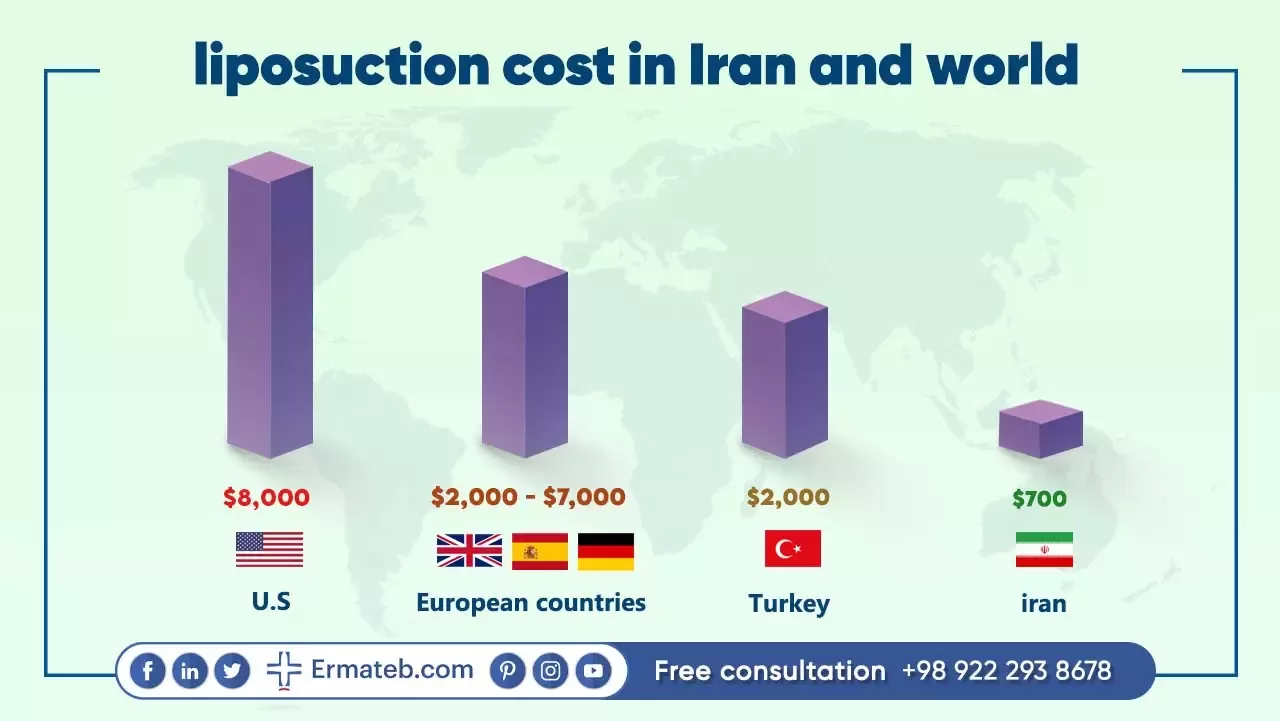
In recent years, Iran has been renowned for its medical tourism in terms of expertise, efficiency, and quality. Iran offers the lowest price with high-quality services in comparison to the other countries. To illustrate more, a typical liposuction in Iran costs around $700 per area which Ermateb specifically offers at $500, and it is not limited merely to the operation, in fact, it includes expenditures such as doctor fees, anesthesia, medication, clinic, and hospital bills and so forth.
Comparing liposuction cost in Iran, this procedure costs approximately ranges from $2,000 to $7,000 in European countries like U.K, Spain, and Germany, $8,000 in the U.S or $2,000 in Tukey or Asian countries such as India, Thailand, and South Korea, it starts at $2,000 up to $5,000 per area.
Iranian Liposuction Surgeons
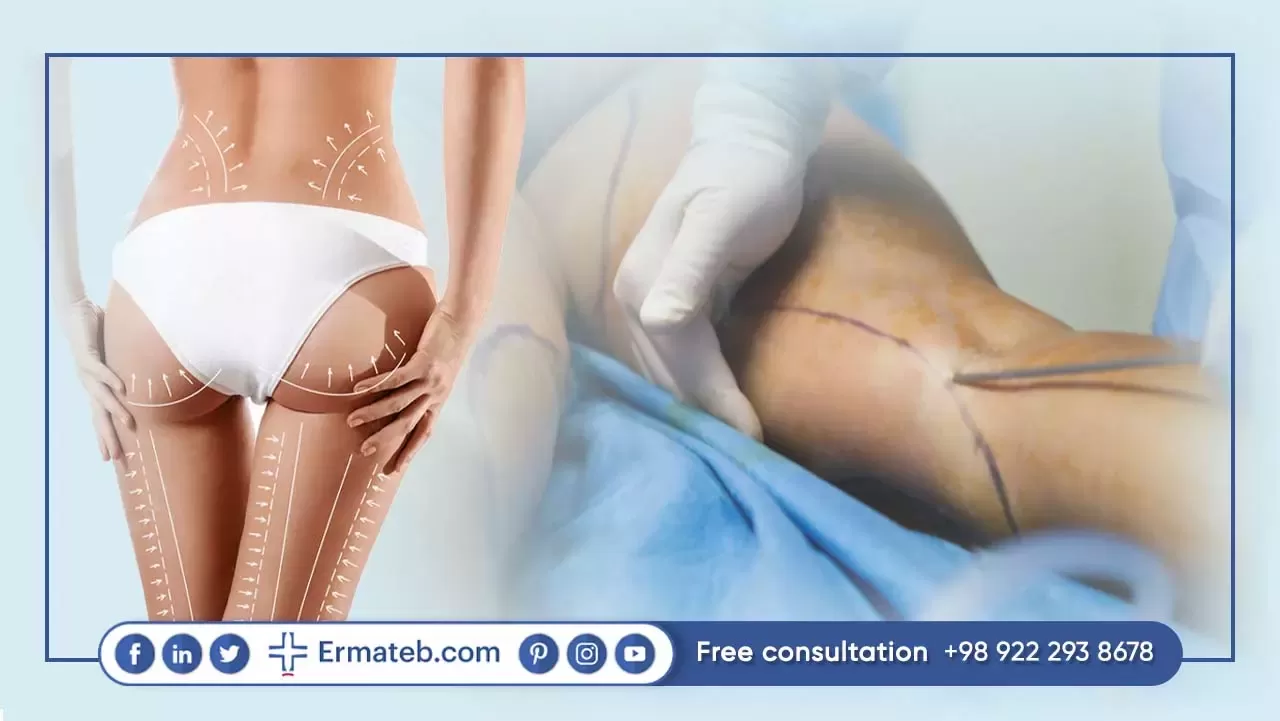
It is high of vitality to choose a proper plastic surgeon if you intend to undergo cosmetic surgery. A proficient doctor is one who portrays each step carefully for the patient and more importantly, he/she lets the patient know whether liposuction surgery suits the patient or not based on his/her medical history and body.
If you are going to have liposuction surgery, make sure that you choose a doctor who owns sufficient experience, proficiency, and skill. Otherwise, an incompetent doctor can leave destructive results on your body and health. Therefore, a professional specialist doctor can bring the most desirable outcome by matching up first with the patient's expectations and the doctor's.
Luckily, Iranian liposuction surgeons are considered to be among the best in the world due to their proven record of successful surgeries in Iran. This success hugely lies upon the Iranian surgeons’ experience, skill, and dedication to their profession and patients. Much of this experience has been successfully achieved by an increasing number of Iranian patients desiring to undergo liposuction surgery within the country. The statistics demonstrate that liposuction is among the top five aesthetic procedures sought by Iranians.
How is Liposuction Carried Out in Iran?
Before the Procedure
Step 1 - marking the area(s)
Before the liposuction procedure, the surgeon may mark circles and lines on the areas of the patient’s body to be suctioned and treated. Photos also might be taken so that before and after images can be compared
Step 2 – Choosing a liposuction technique
The way liposuction is done depends on the appropriate technique that the surgeon evaluates and selects for the patient based on the treatment goals, the area of the body that needs liposuction, and whether the patient has had other previous procedures in the past.
Side Effects of Liposuction
Liposuction is practiced through different methods but it is common among all of them to have some side effects. In following, some of the typical side effects of liposuction are mentioned concisely:
• Swelling:
It is common to experience swelling after the surgery since it is the body’s natural reaction to trauma and operation. Generally, the swelling increases continuously in the first week following the procedure. As soon as the body starts healing process, the welling begins to subside. If you undergo less invasive procedures like ultrasound-assisted liposuction (UAP) and tumescent liposuction, the swelling will reduce in 3-4 weeks after the surgery. Conversely, in more invasive methods like the traditional liposuction, the swelling normally takes 3-6 months to decrease.
• Drowsiness:
You will be drowsy for a couple of days after the surgery if you undergo invasive liposuction involving general anesthesia. The recommended tip to let the anesthetics leave your body sooner is to drink as much as fluid you can plus get adequate rest after the operation.
• Scarring:
Cuts are an inevitable part of liposuction surgery which follows by scars on the targeted area. However, you should consider that an adept and experienced surgeon can play a vital role in diminishing the incisions and making them in less visible areas of the body. In addition, doctors usually prescribe topical creams to minimize the scarring after the procedure.
• Bruising:
As in liposuction surgery, a tiny suctioning device is inserted into the body to extract fat cells, some of blood vessels may rupture or create bruising in the treated area. Generally, bruising might occur deep in the muscles and tissues due to the heat of the ultrasound devices or beneath the skin surface because of injections. Anyway, all the bruising normally will subside in 7-10 days after the operation.
• Pain and Discomfort:
All patients will experience some level of pain regardless of what method they have undergone. But as said, the pain level will vary depending on the number of treated areas, the amount of fat extracted, and the material and the methods employed during the surgery. Generally speaking, the patient pain and discomfort last at most to the third day after the surgery, then it gradually subsides. In order to manage the aching, your doctor will prescribe some painkiller or OTC medications.
• Fluid Discharge:
Usually, light liquid may come out of your incisions for 48 hours after liposuction which is completely normal. In fact, it is fluid under your skin and tissues that is discharging through the stitches and cuts.
• Liposuction Lumps Bumps:
liposuction surgery involves a thin cannula tube inserted to suck out the melted fat deposits. When the tube is pulled out of the body, it may leave tunnel-shaped traces under the skin that are filled with fluid. These traces look like lumps and bumps on the skin and might have some effect on the body’s contour. Luckily, they will disappear within a few months after the operation.
Liposuction Techniques
There are different techniques to carry out liposuction procedure which depend on the area which is going to be suctioned and treated. Each technique is described below:
Tumescent Liposuction/Suction-Assisted Liposuction:
This is the most prevalent type of liposuction also called "local liposuction". In this technique, the surgeon injects an adrenaline-lidocaine saline solution into the area of treatment. The surgeon waits for 10 to 15 minutes until your body has fully absorbed the solution before continuing. Then small incisions (each one usually consists of 1 to 3 millimeters in length) will be made in your skin where you may need four to eight incisions depending on the area of the treatment. After that, the process of fat aspiration will be started via a tube called a cannula. And finally, once the procedure is complete, the surgeon will apply compression bandages to the treatment area. Unlike traditional liposuction, no sutures are required for small incisions.
Ultrasound-assisted liposuction (UAL.):
It is a type of fat loss procedure, commonly known as “Vaser Lipo” that liquefies fat cells before their removal. This technique is sometimes used with traditional liposuction. During UAL, the surgeon inserts a metal rod that emits ultrasonic energy under the skin. This ruptures the fat-cell walls and breaks down the fat for easier removal.
Wet Liposuction
Wet liposuction introduces an infusion of fluid containing epinephrine, lidocaine, and saline solution into the treatment area. This fluid serves to break up loosen fat deposits, allowing the surgeon to extract the fragmented fat cells using a specialized cannula. The procedure typically incurs a blood loss ranging from 10% to 30% of the removed materials.
Super Wet Liposuction
Similar to tumescent liposuction, the super wet technique varies in the amount of fluid used during surgery. Here, the surgeon injects fluid equal to the volume of fat to be removed. While this technique requires less time, additional sedation or general anesthesia may be necessary. Remarkably, only about 1% to 4% of the removed fluid is blood. The advantages include reduced pain and discomfort, a lower risk of bruising, decreased bleeding and hemorrhaging risk, and a minimized likelihood of damage to surrounding muscle and tissue.
Laser-assisted liposuction (LAL):
It is a technique to remove fat by using high-intensity laser light to break down fat. During LAL, the surgeon inserts a laser fiber through pre-made small incisions and emulsifies fat deposits. And then, the fat is removed via cannula.
Power-Assisted Liposuction (PAL):
It is an innovative form of lipo-contouring that requires manual back-and-forth movement of a cannula to break up and suction out fat tissue. During PAL, the surgeon utilizes a power-assisted cannula that automatically moves back and forth carefully throughout the treatment area.
Suction-Assisted Liposuction (SAL):
This is the commonly used technique to remove excess fat. During SAL, the surgeon inserts a thin cannula through small incisions and gets the fat deposits extracted by a sucker machine which imposes pressure. This method is typically used as a part of other liposuction procedures.
Twin- cannula-assisted liposuction: It is exactly the same as the suction-assisted technique, but what makes it different is that it includes two cannulas instead of one. In this way, more fat can be removed at a greater pace and capacity with two cannulas and it also causes less scarring.
Surgical and Non-Surgical Options for Liposuction Surgery in Iran
There is a range of transformative options for achieving your desired body contour. Whether opting for surgical precision or non-invasive treatment, these alternatives cater to diverse preferences, providing effective solutions for your aesthetic goals.
Surgical Options
-
Lipomatic Surgery:
Utilizes advanced technology distinct from traditional liposuction, minimizing tissue damage and providing uniform, long-lasting results. Compatible with other plastic surgeries for a holistic transformation.
-
Body Contouring Sculpting:
Reshapes and tones the body, addressing hidden layers of fat and tightening loose skin. Tailored procedures like upper and lower body lifts are available for specific concerns.
-
Mommy Makeover:
A combination of surgeries (Breast Augmentation, Breast Lift, Tummy Tuck, Liposuction) with a focus on enhancing body aesthetics rather than health conditions.
Non-Surgical Options
-
CoolSculpting:
A noninvasive method for removing excess fat cells, particularly suitable for small areas like the abdomen and flanks.
-
Laser Lipolysis:
A minimally invasive procedure using fiber-optic lasers to melt fat and stimulate collagen production for a tighter skin profile.
-
Radiofrequency Liposuction and Vanquish:
Non-surgical alternatives promoting collagen production, destroying heated fat cells, and suitable for various body areas.
-
Ultrasound-Assisted Liposuction (UAL):
A surgical alternative using ultrasonic waves to liquefy fat cells, allowing precise removal, addressing stubborn fibrous fat, and boosting skin contraction without affecting surrounding nerves.
What is Thigh Liposuction?
Thigh liposuction is a popular choice for individuals seeking to eliminate stubborn fat deposits resistant to exercise and diet. While traditional procedures on the upper inner thigh may leave candidates with loose hanging skin, thigh lipo combines power-assisted liposuction (PALS) with state-of-the-art radio-frequency plasma energy technology to address both fat removal and skin tightening.
Unlike conventional approaches that often neglect skin concerns, thigh liposuction ensures a comprehensive transformation by “shrink wrapping” the skin, creating a tighter and more contoured appearance. This advanced technique not only removes problem areas but also provides lasting results, offering a permanent solution for those looking to reduce fat accumulation in the thigh region. Say goodbye to the struggle of finding cloths to minimize problem areas and embrace a renewed body contour with thigh liposuction in Iran, where experienced surgeons employ innovative methods to fulfill your dream of shapely, toned thighs.
What is Vaser Liposuction?
Discover the transformative benefits of vaser liposuction, also known as liposuction vaser, an innovative method revolutionizing the field of body contouring. Unlike traditional liposuction primarily chosen for weight loss, Vaser liposuction is specifically designed for individuals in good physical condition, focusing on precision and sculpting. This advanced technology utilizes ultrasound energy to gently break up fat beneath the skin, allowing surgeons to have enhanced control and ensure a smoother operation with minimal bruising and bleeding.
During the Vaser procedure, a combination of tumescent fluid (a salt solution mixed with anesthesia) is injected into the targeted area. This fluid helps melt the fats, creating a more efficient process. Small incisions, no larger than half a centimeter in diameter, are then made around the designated area. The Vaser tube is carefully inserted to break down fats without causing bleeding. The ultrasound waves employed in Vaser liposuction vibrate fat cells, turning them into a fluid that is easily extracted through a specialized tube connected to a suction device.
What sets Vaser liposuction apart is its ability to provide precise body sculpting with reduced pain, shorter recovery times, and fewer bruises compared to traditional methods. The use of salt solution not only aids in fat cell breakdown but also served to maintain and protect nerves, muscled, and blood vessels, minimizing bleeding and bruising. The entire process typically takes 2-3 hours, and patients are advised to wear a supportive belt to apply pressure to the treated area for optimal results. Choose Vaser liposuction for a cutting-edge approach to body contouring, where technology and precision combine for a transformative experience with minimal discomfort and a swift recovery.
What is Laser Liposuction?

Laser liposuction or laser lipolysis is a minimally invasive cosmetic procedure that uses a laser to melt away unwanted fat under the skin.
This procedure minimizes the probable side effects in comparison to traditional forms of liposuction. Additionally, laser liposuction as a fat-reduction procedure have minimal downtime and does not require a very long recovery period.
During the Procedure
Step 1 – Anesthesia
Liposuction is normally performed under general, local, and regional anesthesia and intravenous sedation, or in some cases epidural anesthesia would be administered which is usually used for liposuction on lower parts of the body. The doctor will determine which method best suits you. The surgical team will monitor your heart rate, blood pressure, and blood oxygen level throughout the operation. And remember, if you feel pain during the procedure, tell your surgeon. Perhaps the medication or motions need adjustment.
Step 2 – The Incision
Liposuction surgery is done through small and inconspicuous incisions. Several cuts may need to be made if the area is large. At the beginning of the operation, the surgeon inserts a thin hollow tube or known as a cannula through the incisions to loosen the excess fat using a controlled back-and-forth motion. The dislodged fat is often suctioned out of the body by using a surgical vacuum or syringe attached to the cannula.
After the Procedure
You will wake up and gain consciousness in a recovery room if you have had general anesthesia. Typically, you will spend at least a few hours in the hospital or clinic so that medical staff can monitor your recovery. Also, you may need to stay overnight in the hospital to make sure that you won't be dehydrated or in shock from fluid loss.
After the operation, your surgeon may leave your incisions open and place temporary drains to promote fluid drainage. Additionally, you need to wear tight compression garments, which help to reduce swelling, for a few weeks.
At least you have to wait for a week or two before you go back to work and resume your normal activities, particularly doing exercise.
Within a few weeks after liposuction, swelling usually subsides and the treated area should look less bulky. After several months, the treated area will get a leaner appearance.
Before and After Liposuction
Liposuction can be utilized for areas where there is stubborn fat which diet and exercise are not able to burn or make it disappear. Therefore, people with excessive pockets of fat in different areas such as abdomen or buttocks can have liposuction to have the extra fat removed throughout this procedure.
You can see the results of liposuction surgery done on different areas of body below.
Recovery from Liposuction
Recovery after a liposuction procedure takes roughly 1 to 2 weeks and the final results can be seen within 1 to 3 months. Usually, you might feel pain and have some inflammation after the surgery which will disappear over time.
Don’t worry if you experience swelling, bruising, body fluid drainage, and soreness in the following days after the surgery. To address them, you’d better wear a compression garment and fluid drains for a couple of days after the operation.
How to Prepare Before a Liposuction Procedure in Iran
Like other surgeries, you need to know generally how to prepare before a liposuction procedure in Iran as listed below:
• Consult with a doctor about your current medications that might need to be adjusted
• Stop taking aspirin and blood-thinning medications
• Abstain from eating and drinking 8 hours before the procedure
• Take a shower the night before or the morning of the lipectomy
• Wear loose-fitting clothes
Limitations and Considerations for Liposuction in Iran
Liposuction, while effective for sculpting the body, comes with certain contraindications and considerations that dictate its feasibility for individuals seeking body contouring. Here are key points to understand:
1. Intra-Abdominal Fat Accumulation
Liposuction is not a viable option if fat has accumulated within the abdominal organs. In such cases, alternative solutions like exercise, diet adjustments, or specialized procedures such as gastric sleeve and gastric bypass are recommended. The proximity of vital tissues, such as the stomach and intestines, makes the safe removal of fat through liposuction impractical.
2. Body Mass Index (BMI) Considerations
Individuals with a body mass index (BMI) of 35 or higher are not suitable candidates for liposuction. Alternative weigh loss methods like gastric bypass or gastric sleeve may be more appropriate for this demographic.
3. Volume Limitations
Each liposuction procedure has a maximum limit of removing no more than 6 liters of fat. If the desired fat removal exceeds this volume, it may necessitate subsequent operations to achieve the desired outcome.
4. Loose and Sagging Skin
Liposuction alone may not address loose and sagging skin, particularly in individuals who have given birth or experienced sudden weight fluctuations. To correct sagging skin effectively, additional procedures such as tummy tuck, hip lift, arm lift, breast lift, or a comprehensive mommy makeover may be recommended.
Tips for Recovery After a Liposuction Surgery in Iran
There are some Tips for Recovery after liposuction in Iran:
• Get plenty of rest for a speedy recovery
• Perform gentle movements for faster recovery
• Abstain from smoking or passive smoke
• Drink plenty of fluids
• Use the compression garment
• Eat a nutritious and healthy diet
• Wear loose-fitting clothes
• Avoid strenuous exercise
• Keep the incisions dry and clean for better recovery
• Cut salt intake
• Take shower only after 3 days
What Is 360 Liposuction?
One of the most popular techniques to remove extra fat is 360 liposuction. This a cosmetic procedure that contours and tones the entire body including both back and front. The lipo 360 is way more effective than the traditional liposuction as it aims at treating areas like the flanks, the abdomen, and the mid-back, all in a single surgery known as 360 liposuction.
The significant difference between traditional liposuction and 360 liposuction is that while traditional lipo focus on a particular area, lipo 360 can target multiple regions of the abdomen at the same time. Liposuction 360 is a more comprehensive and efficient procedure since it utilizes 360-degree, circumferential liposuction.
What Are Benefits of 360 Liposuction?
Lipo 360 has many key advantages over traditional forms of liposuction. First and foremost, the results are much more significant which results in enhanced body contouring when compared to that of liposuction in isolated singular areas such as the abdomen.
Secondly, traditional liposuction only focuses on certain areas and address the total amount of fat that has been removed as opposed the final proportions of the body. While the finished profile is not the objective in traditional liposuction method, circumferential liposuction produces more comprehensive results for the patients who are looking to have a more good-looking body shape in less time.
360 liposuction is often combined with other procedures like a Brazilian butt lift for achieving a better shaped and contoured body. Also, lipo 360 is an essential technique for high-definition liposuction.
360 Liposuction Cost in Iran
The cost of 360 lipo will vary depending on the number and size of targeted areas. As it is more comprehensive than traditional liposuction, it is usually more costly rather other forms of liposuction aiming at treating a singular area.
When it comes to opting cheaper treatment procedures which might seem pretty tempting, the patient would face with an elevated risk of injury. But Iran is a completely distinctive case in this respect. Although prices offered in Iran may look very cheap, you can receive the medical procedures at an affordable price along with modern hospitals, clinics and more importantly professional doctors, nurses and staff.
To obtain more information about 360 liposuction cost in Iran, you can contact our 24/7 operators and consultants.
Alternative Methods for Liposuction: Lipomatic and Body Jet in Iran
As technology makes progress, new medical procedures and methods are being found day by day so as to pave the way for doctors and patients to bring more efficiency and productivity. In this regard, liposuction has been a traditional way of getting rid of excess fat, and thanks to new discoveries, state-of-the-art procedures for fat removal have been introduced such as lipomatic and body jet.
Lipomatic
Lipomatic is a new cosmetic surgery same to liposuction aiming at carrying extra fat out of the body but it has some advantages over the older method. First, the patient does not need to be completely under anesthesia, instead, the procedure can be performed under local anesthesia. Second, liposuction has numerous side effects and the recovery time usually takes longer in comparison to lipomatic.
Body Jet
Body jet is a form of liposuction that has been discovered in recent years. In this procedure, a minor incision is placed within the treated area, and a cannula is inserted inside. Then, a high-pressure water system is utilized to push through the water to break up the deep fat inside the body. This method is beneficial as it breaks the deep underlying fat and improves cellulite appearance after fat removal. In fact, the body jet aids skin retraction.
Generally, both lipomatic and body jet liposuction take less time for recovery which brings better results, and additionally, they can be used in fat transfer procedures.
Difference Between Tummy Tuck and Liposuction

Tummy tuck, also known as abdominoplasty is a popular cosmetic surgery which can create a toned and taut stomach. It is used to remove excess skin from the stomach. Abdominoplasty is often used after pregnancy or weight loss, where can stretch out the skin surrounding your stomach and no amount of exercise or healthy eating can address the issue. In tummy tuck, the surgeon removes sagging skin and excess fat and tightens the abdominal walls.
Liposuction and tummy tuck are incredibly different surgeries, although they appeal to people with similar aesthetic goals. Liposuction aims at flattening and improving the appearance of the stomach while tummy tuck not only removes excess skin but removes excess fat from abdomen.
What Are the Risks of Liposuction?
Embarking on the journey of liposuction requires a thorough understanding of the potential risks associated with this surgical procedure. It is essential to be aware of the complications and challenges that may arise to make informed decisions before undergoing liposuction. Here are the diverse risks and probable complications associated with liposuction:
Infection and Bleeding:
Liposuction poses a risk of infection at the incision sites, and some bleeding is expected during and after the procedure. Vigilant post-operative care can minimize infection risks, while uncontrolled bleeding may require additional medical intervention.
Fluid Accumulation and Numbness:
Fluid accumulation, known as seroma, may occur post-liposuction, requiring drainage or additional procedures. Temporary or permanent numbness, altered sensation, or changes in skin sensitivity can also manifest in the treated area.
Dissimilar Results and Skin Irregularities:
Liposuction aims for an even contour, but there’s a risk of dissimilar outcomes, contour irregularities, and asymmetry. Skin irregularities, such as dimpling or sagging, may also be observed, necessitating additional interventions like skin tightening.
Deep Vein Thrombosis and Pulmonary Embolism:
A small risk of developing blood clots in the deep veins (DVT) may arise, potentially leading to pulmonary embolism (DVY) may arise, potentially leading to pulmonary embolism (PE). Movement, medications, and compression garments can mitigate this risk.
Scarring and Anesthesia Risks:
While liposuction incisions are strategically placed to minimize scarring, there’s still a risk of visible scars. Additionally, general anesthesia or sedation carries its own set of risks, albeit generally low.
Unsatisfactory Results and Other Complications:
Realistic expectations are crucial as liposuction may not always yield envisioned outcomes. Contour irregularities, kidney and heart problems, injuries to organs, nerve damage, lidocaine toxicity, and fat clots are among the potential complications.
To mitigate these risks, seeking consultation with an experienced plastic surgeon becomes imperative. A comprehensive discussion about the pros and cons of liposuction ensures informed decision-making, allowing individuals to weigh the benefits against the potential complications and make choices aligned with their health and aesthetic goals.
Conclusion for Liposuction in Iran
To make it short, most people are not able to get in the optimal body shape specially when they take a glance at themselves in the mirror or check out themselves in family or portrait photos. And they often get upset afterward. To address this, we mentioned and explained liposuction and its methods succinctly in this article.
What we can offer is to ask you to leave your medical procedures, liposuction surgery in particular to Ermateb complex. Without a doubt, Liposuction surgery in Iran is the most valuable option in terms of price, service, comfort, surgeons, hospitals, clinics and so on.
Ermateb firmly promises Iran will become the most enjoyable medical and tourism memory of yours throughout your life if you choose to have liposuction in Iran.
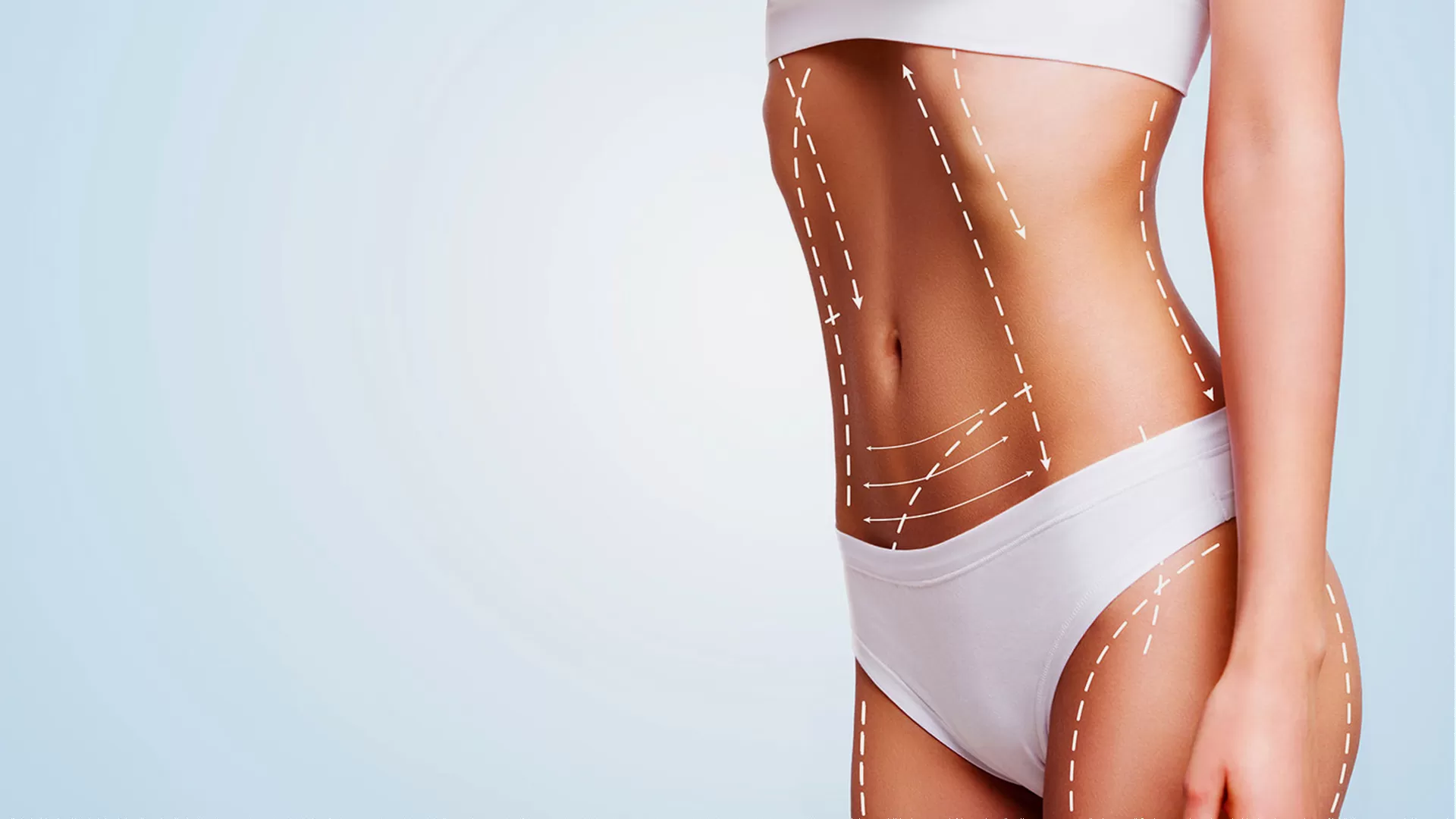
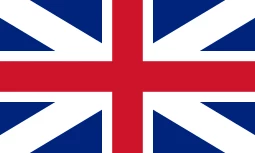
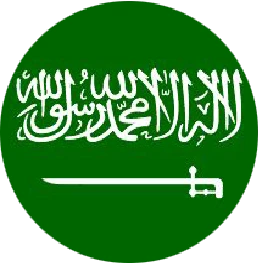 Arabic
Arabic
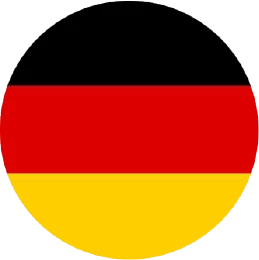 German
German
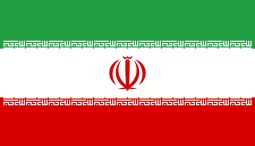 Persian (Farsi)
Persian (Farsi)
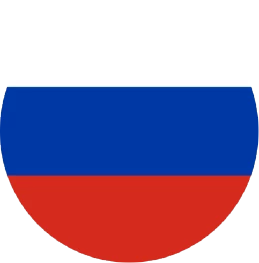 Russian
Russian
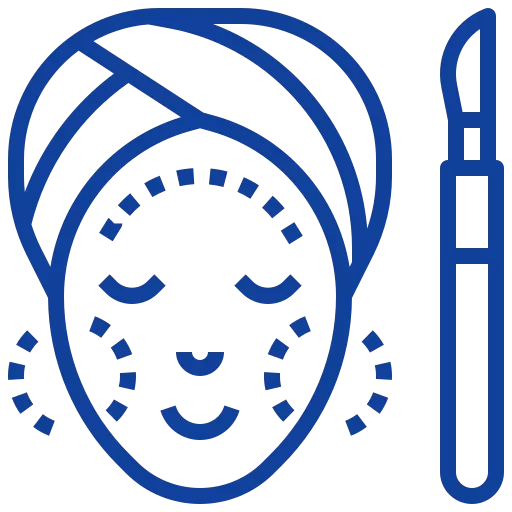 Beauty
Beauty
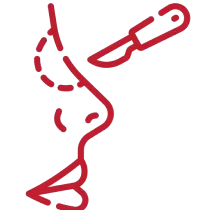
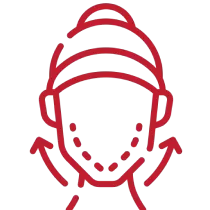
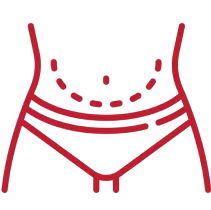
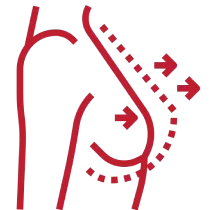
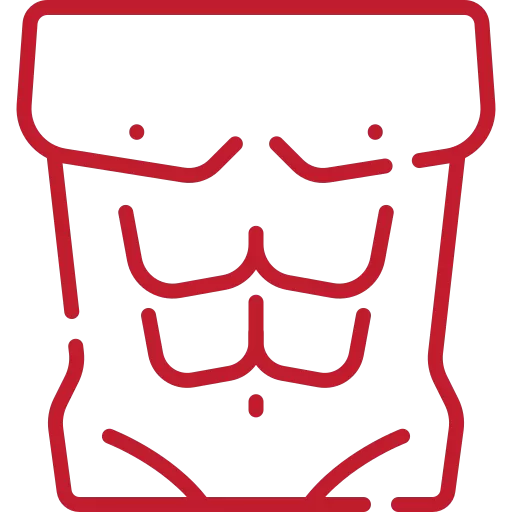
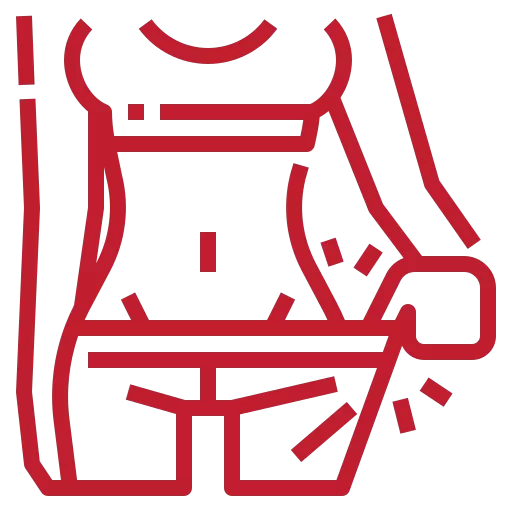
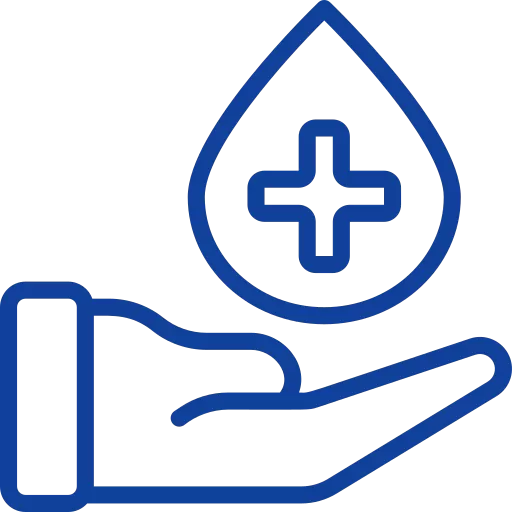 Medical
Medical

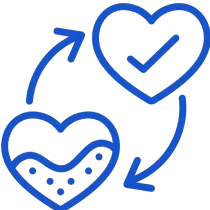

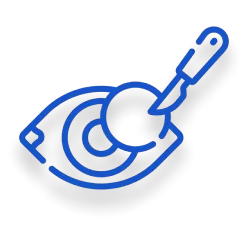
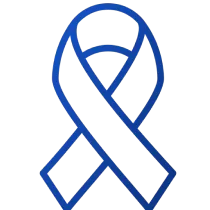
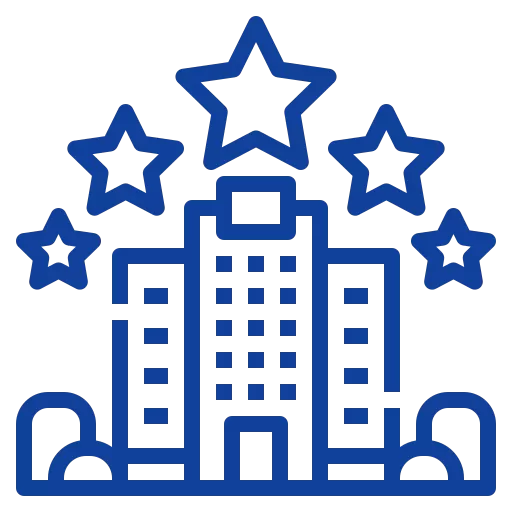 Hotels
Hotels
 Hospitals
Hospitals






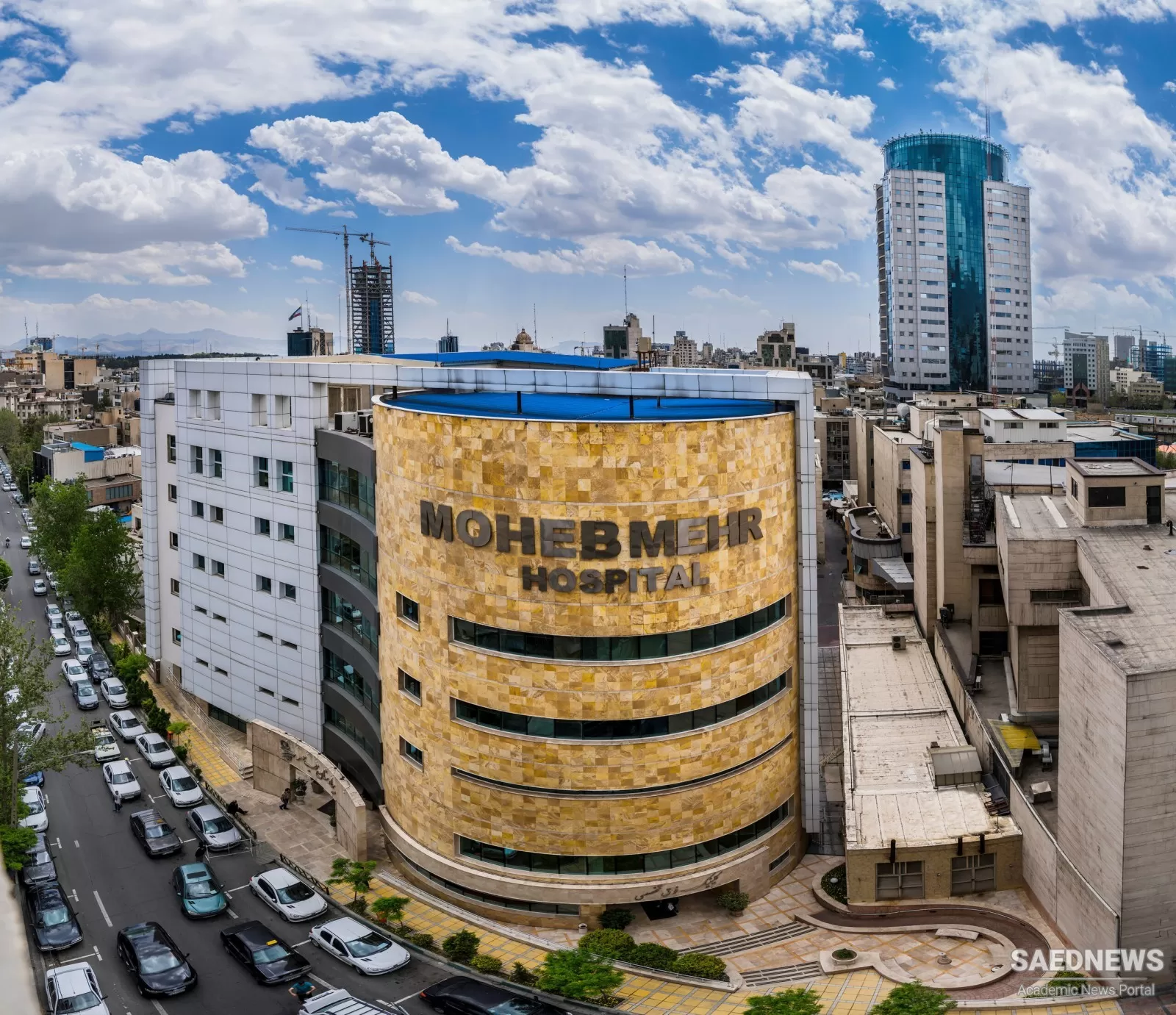

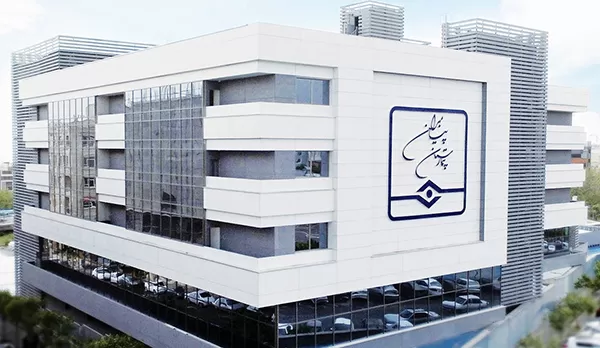
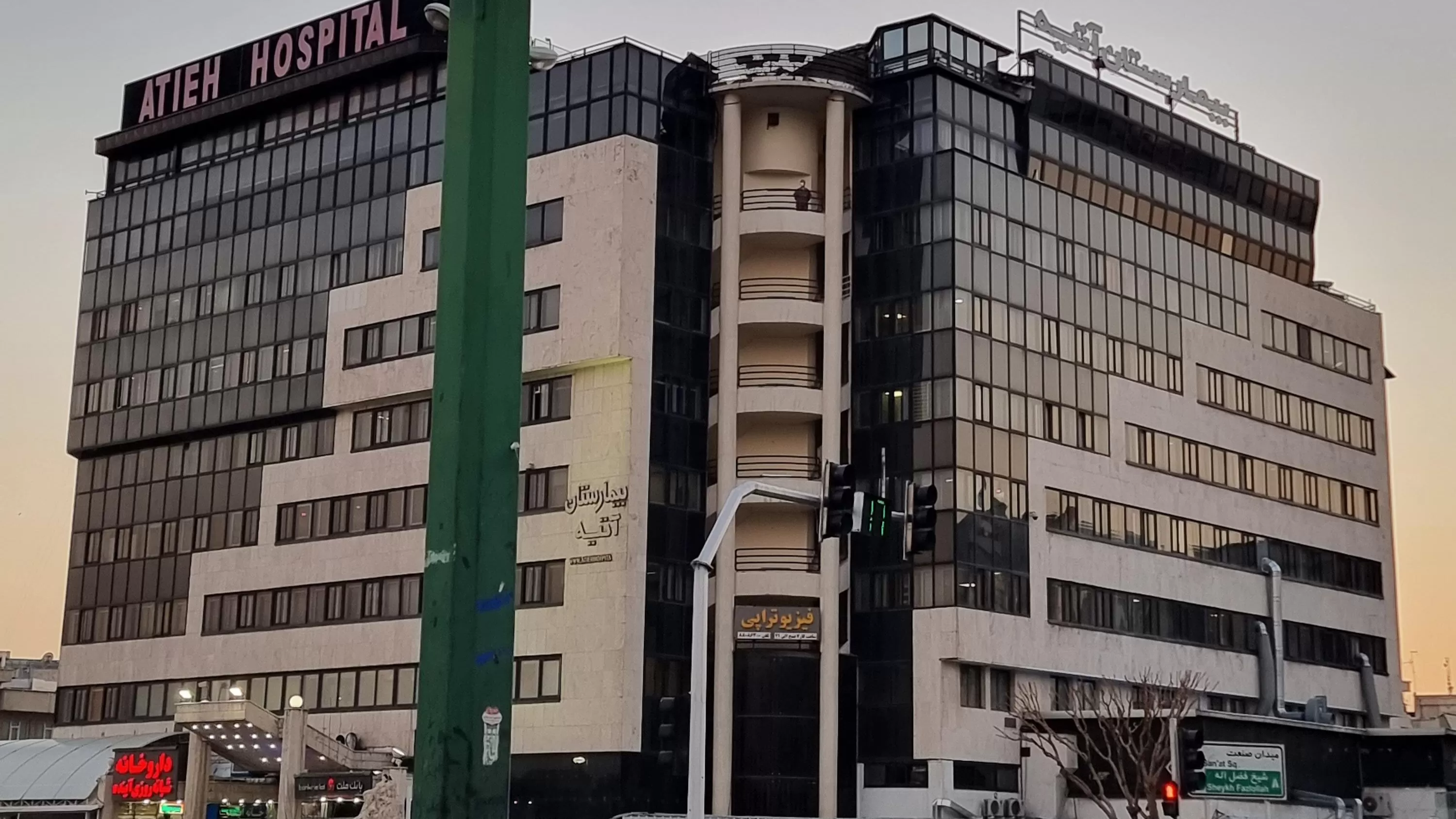
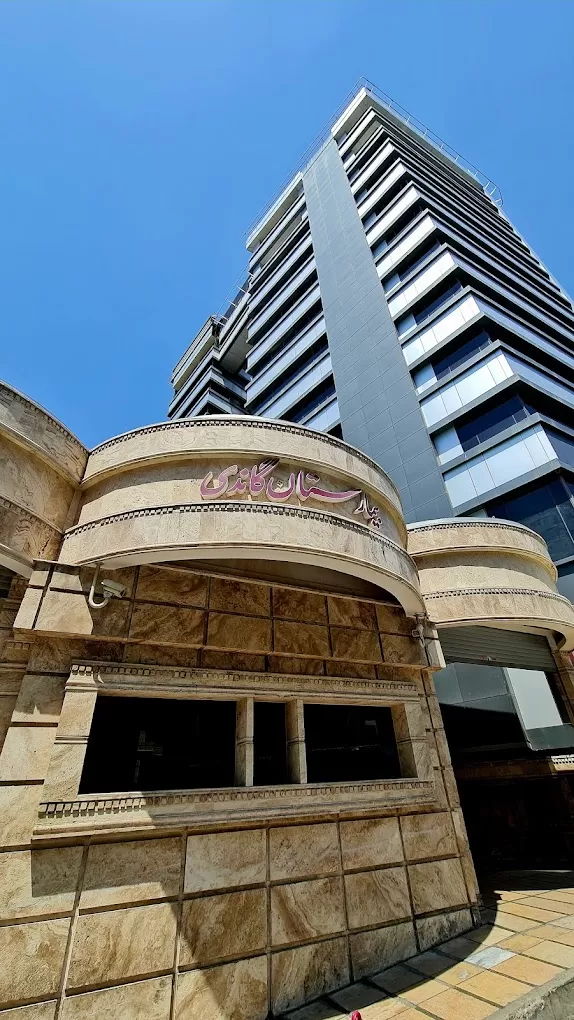
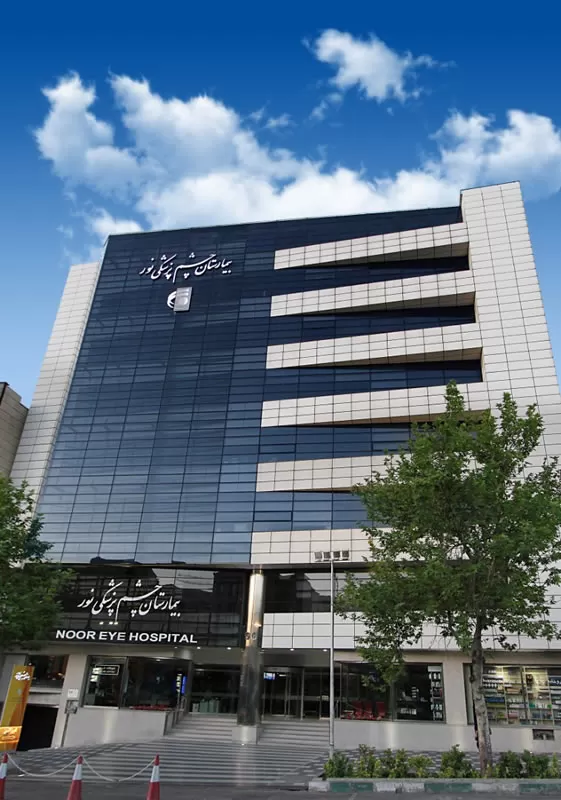
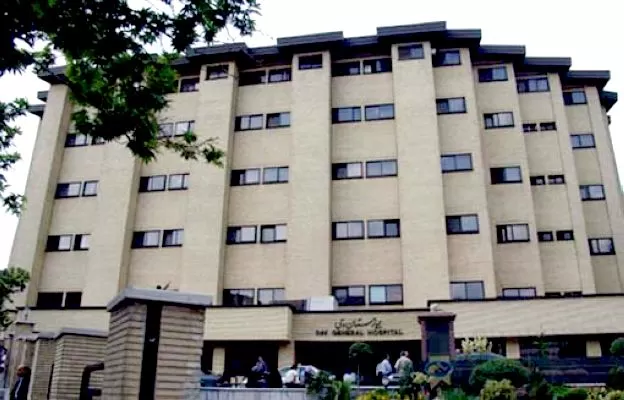
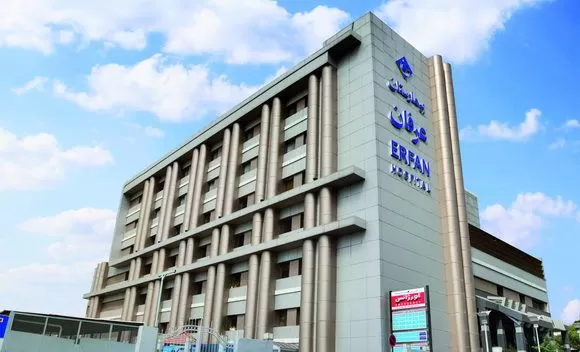


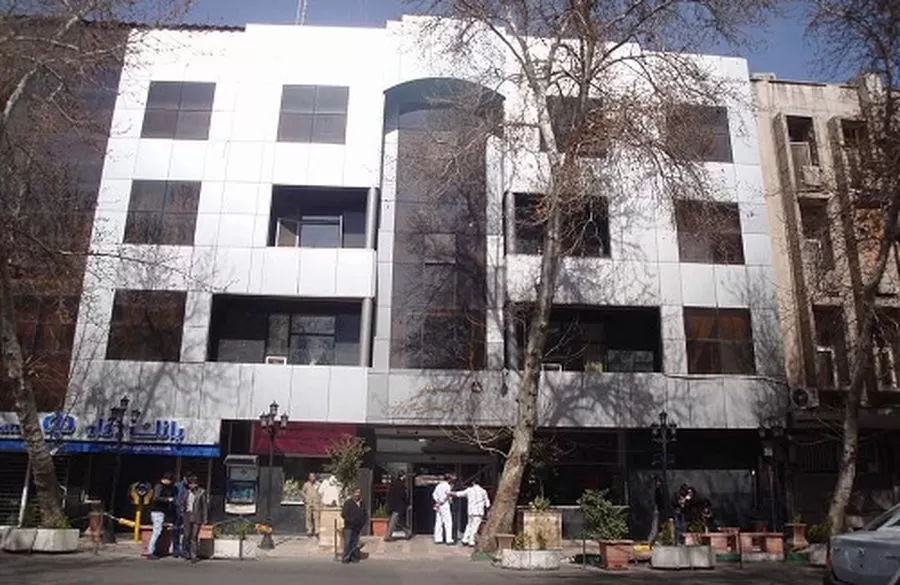
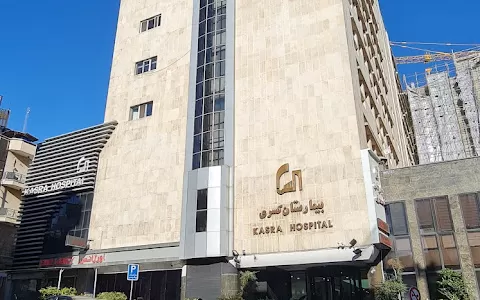
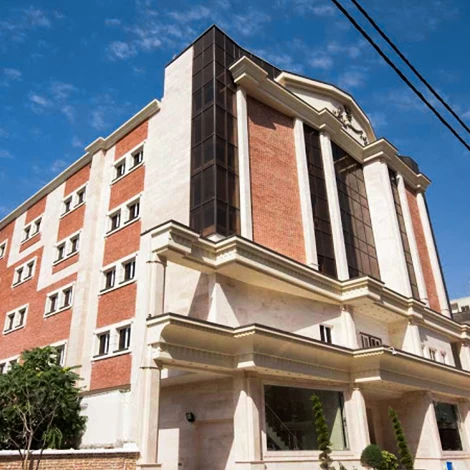

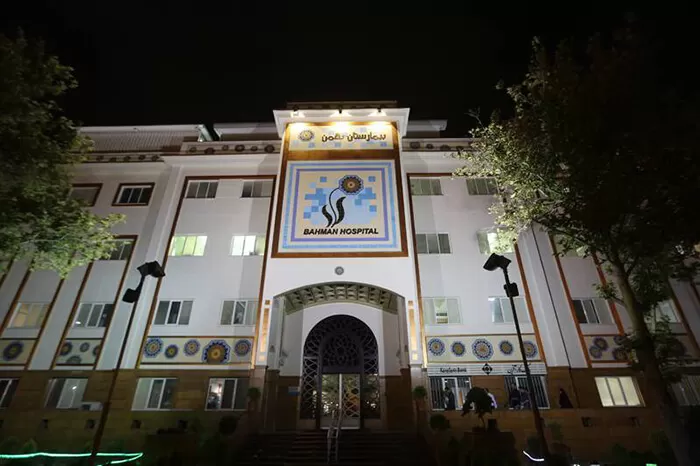
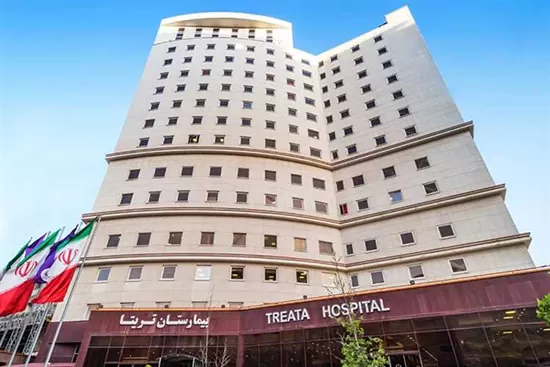
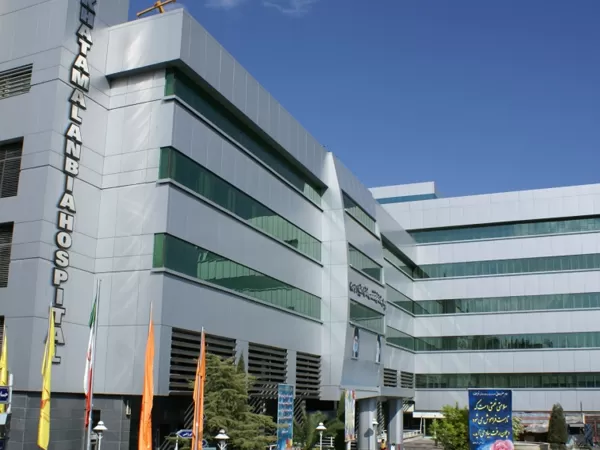
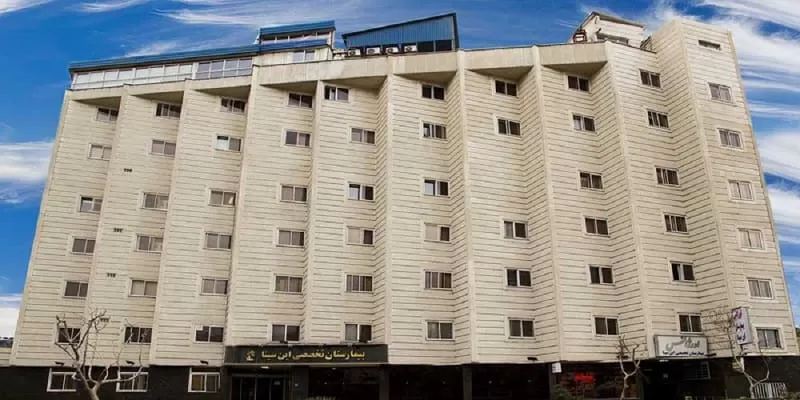

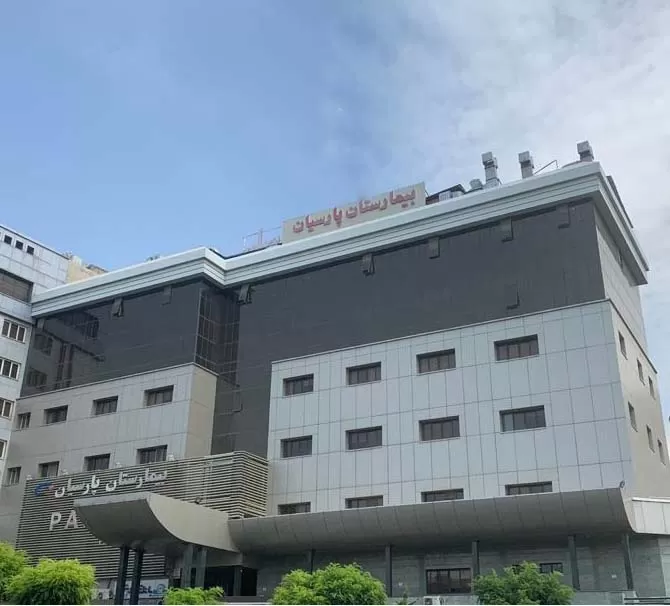

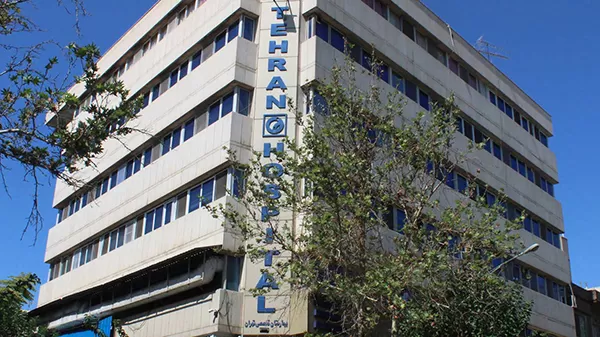



![Frequently asked question about [name]](/v2tem/images/pages/service/faq-image.webp)
